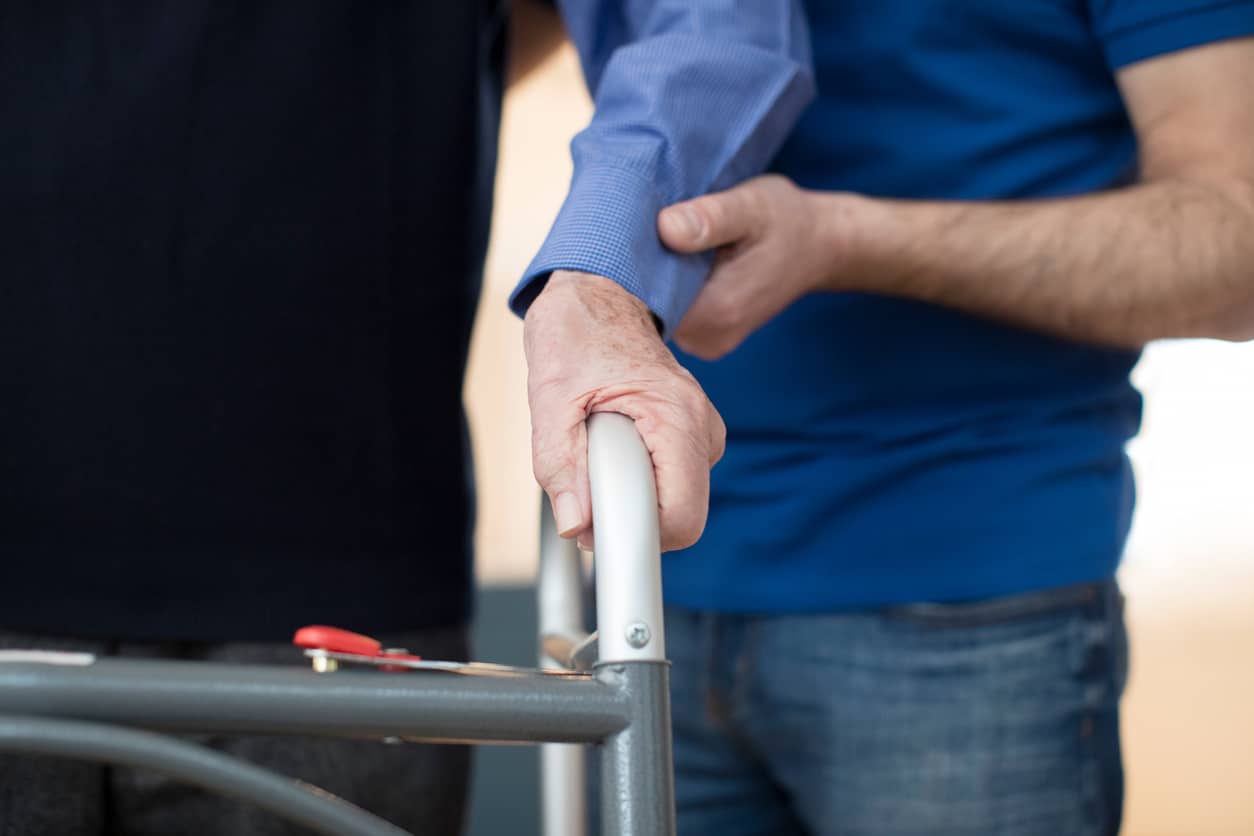Take time this November to observe National Home Care and Hospice Month. As the population ages, more and more are turning to home care as a means of gaining assistance and accessibility while retaining independence at home. Home care is a prudent option for those with limited mobility, offering a slew of benefits that improve overall quality of life, too.
Experts estimate that nearly 10,000 people celebrate their 65th birthday each day in this country- which means an increased need for health care services like hospice. Home care provides an alternative to costly inpatient settings, while still preserving autonomy and aging in place. Home care is cost-effective and contributes to maintaining independence, but still receiving assistance with basic activities of daily living.
This November, observe National Home Care and Hospice Month; give thanks and pay tribute to home care workers- nurses, aides, social workers, and practitioners that make it possible for people to stay in their home and still receive daily assistance with everyday tasks. For folks living with physical limitations, it also makes sense to pursue mobility equipment; these aids may create accessibility that facilitates staying in one’s own home longer.
November is set aside to honor and recognize the contributions of nurses, aides, therapists, social workers, and others that work in home care and hospice. This is demanding, though rewarding, work that can make a remarkable difference in the life of the client. Home care is a valuable and viable option for seniors that need a little help, but that wish to remain in their own homes. Among older Americans surveyed, 90% report a strong desire to age in place and stay in their home as long as possible. It is estimated that more than 5 million people currently receive home care services in this country.
Here are other ways that Home Care benefits those with limited mobility:
Autonomy
So, all the mentions of autonomy and aging in place but what does that mean? It is often issues related to accessibility that cause issues and require time away from home. This time away can erode freedom particularly if there are physical challenges related to staying in one’s own home, i.e. stairs or access issues.
Home care provides a way to live and stay in the home but to receive a little help that can improve the overall quality of life.
Activities of Daily Living
Some of the tasks that in-home caregivers help with are related to activities of daily living or ADLs. Some ADLs include grooming, hygiene, meal prep, dressing, and more. Depending on the client’s mobility level and condition, home care aids provide discreet and dignified care that makes living independently easier and safer.
Nutrition
Some seniors may simply not bother to prepare themselves hot, fresh meals. It may be difficult for some to access their kitchen facilities, or it may cause them physical discomfort to cook. An in-home caregiver can help with mealtime and ensure that the client is eating nutritiously. Part of holistic health is a well-nourished body, so food and eating are integral components of a home health plan.
Mobility
A caregiver can also help with mobility and transfers. For example, if someone is recovering from an injury, they may need assistance getting in and out of bed. Perhaps, they require help being transported to doctor appointments. In-home caregivers are trained for these situations and can provide this level of care.
Convenience
When someone helps and relieves you of a few daily responsibilities, it provides more time for you to do other things and spend time in other ways. Caregivers and in-home health aides allow seniors more time to focus on what they enjoy by lifting some of the burdens from their shoulders each time they visit.
Socialization
It may surprise you, but most seniors look forward to visits with their in-home care aides or nurses. For some, this may be one of the only social interactions that they have, and these practitioners are adept at providing caring and compassionate care. It also can be reassuring for someone to be visiting a shut-in, senior, or person that is living alone to check on them and make sure they are doing alright. Many seniors enjoy these visits with their home health providers.
Safety
These professional caregivers are trained to keep an eye out for safety hazards that could compromise their clients’ wellbeing. They may make recommendations for mobility equipment, like lifts, that can make the home more accessible and safe or they may help remove obstacles and clutter that could present a fall risk. The gamut of safety measures is wide, but know that an in-home care provider should be looking out for you at all times.
Home care offers a wide range of benefits for clients with limited mobility- from everyday assistance to companionship. For additional resources and aids related to accessibility, talk to the professionals at Pacific Mobility; from stairlifts to grab bars, they have the quality equipment that supports autonomy and aging in place.
President, Husband, Father, Grandfather Graduate of UC Davis- Bio Sci Major- Go Aggies! Jeff has extensive experience in all of Pacific Mobility’s products and services, and specializes in accessibility products as well as stairlifts, ceiling lifts and custom wheel chairs. His hobbies include spending time with family, gardening, mountain biking, exercising and off road motorcycle riding.
24 years as Owner/President of Pacific Mobility Center – selling, installing, and servicing stairlifts, porch lifts, ceiling lifts, pool lifts, handicap ramping, specialty wheelchairs, scooters, power wheel chairs, and other power mobility devices
Certified Environmental Access Consultant since 2008
Licensed General Contractor since 1998
Certified Aging in Place Specialist since 2016
Board Member for Home Access Professionals
Member of Association of Members of the Accessibility Equipment Industry (AEMA)




